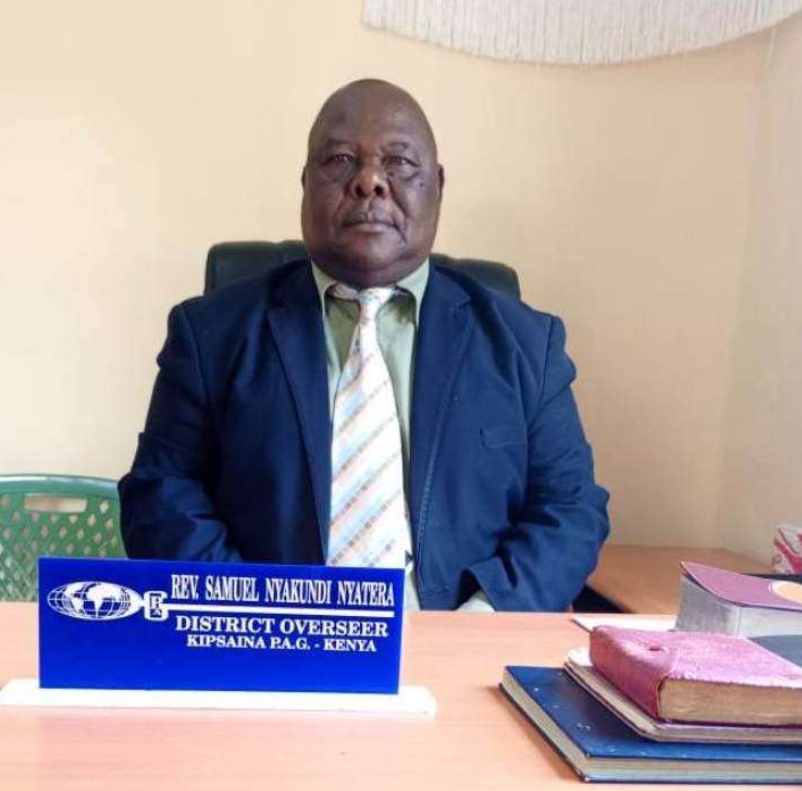By Diperius Wanyonyi
diperiuswanyonyi @gmail.com
For many years, high cadre schools (extra-county and national schools) have received praises over good performance in the national examinations.
Sub-county and county schools which are regarded as low cadre schools have been denounced over poor results.
For a very long time high cadre schools have enjoyed fallacious prominence and praises where in my opinion they do not necessarily deserve.
Why celebrate what is apparent?
The two categories of schools are not comparable in many aspects. What amazement will someone derive while watching a racing competition between a horse and a donkey? This is falsehood, whopper and taradiddle.
My cogent argument is that despite the criticism, the government cannot aspire to achieve 100% transition from primary to secondary schools without the low cadre/ Constituency Development Funds (CDF)/third world schools.
Moreover, historical forces explain why there is disparity in terms of school performance in Kenya. Most of high cadre schools are colonial products.
They have been in existence for closer to a century, accumulating enough resources and are obviously more advantaged compared to schools which have been established in the resent past mostly by the CDF initiative.
From a historical standpoint, European schools can be traced back in 1903 when Governor Charles Eliot encouraged White Settlers to settle in the colony.
Their coming increased the number of the Whites who demanded education for their children. In consequence, European schools were set up as part of the recommendations of the Frazer commission of 1908.
The commission had recommended that schools be set up on racial lines. European schools had quality infrastructure and were strategically located. In the post-colonial period they became part of the high cadre schools.
Furthermore, from 1950, African District Councils (ADCs) through taxation provided funds to run education in African areas. In the late 1950s, every ADC hankered to have its own secondary schools.
ADCs in collaboration with District Education Boards (DEBs) and missionaries worked out to establish secondary schools in the African Districts. Additionally, in the aftermath of the 2nd World War, the British instituted the decolonization policy. The policy paved way for the establishment of Government secondary schools in African areas to prepare Africans to take over the management of the independent Kenya.
At independence more secondary schools were established. Most secondary schools established in the colonial Kenya and at independence were renamed as provincial schools while a few became national schools.
The aforementioned schools are now part of the high cadre. Most of them have colossal resources in terms land, buildings and so on.
They have also a tradition of good performance in exams which is internalized by learners who join them.
Notably, the Ominde Commission of 1964 in one of its recommendations encouraged the establishment of the Harambee schools.
By 1970, Harambee schools had outnumbered government sponsored schools. In the year 2003, CDF was started paving way for numerous CDF schools.
In essence Harambee and CDF schools form the lower cadre and over 75% of student populationare in these secondary schools.
Nevertheless, county and sub-county schools are a true reflection of Third World countries because these schools face a myriad of challenges.
They have poor revenue base because most parents operate below the poverty level.
During school re- opening, a few parents will be at the banks depositing fees but majority will be at the schools giving pledges or lined up at the school stores with bananas, chicken sweet potatoes, firewood, bricks, cows and cowlings, sand on ox-carts and so on as fees in kind.
Principals in such schools are always stressed and moody because they have to think and innovate survival tactics for the school to run.
In terms of management, all teachers have basic training in administration, even though principals of big schools look more successful.
In practice, a principal in a national school is much more relaxed and does much of delegation of duties as compared to a principal in a Third World school who literally does everything to ensure ends meet due to meager resources.
Poverty in Third World schools negates the basic principles of administration. The work of an administrator is to skillfully mobilize and harmonize human resources to achieve desired results.
Nonetheless, lower cadre schools are much more prone to negative local politics because they belong to the community.
In fact, politicians and villagers own them because they contributed in their establishment through provision of land, and construction of buildings through Harambees and CDF initiatives.
The principal has therefore to pledge allegiance to villagers and politicians for survival. In contrast, big schools in most cases are above village politics.
However, teachers in these schools are sometimes in conflict with principals. They demand motivation of all manners, possibly just like in the neighbouring extra- county and national schools.
Given minimum school revenue, principals fail to meet all their demands and these degenerates into staff-room politics compromising quality of work.
Teaching is a mental process and therefore any sense of demotivation or unappreciation compromises performance.
Also, a classroom teacher is stressed person. The teacher has to deal with absenteeism in most cases due to school fees issues, handle very low entry behavior and so on. Some students do not even have the required literacy level to join secondary schools.
In this case, teachers struggle and work to the best of their pedagogical skills to meet their objectives.
For the GoK to realize its education goals, it is my clarion call that it should think of affirmative action when it comes to funding of Third World schools.
They need almost everything; classrooms, laboratories, libraries, dining halls, name them.
More so, low cadre schools have minimal revenue to employ teachers on BOM. They should be given a first priority in terms of staffing.
The author is a researcher and a Ph.D candidate at Moi University, Department of History, Political Science and Public administration.






